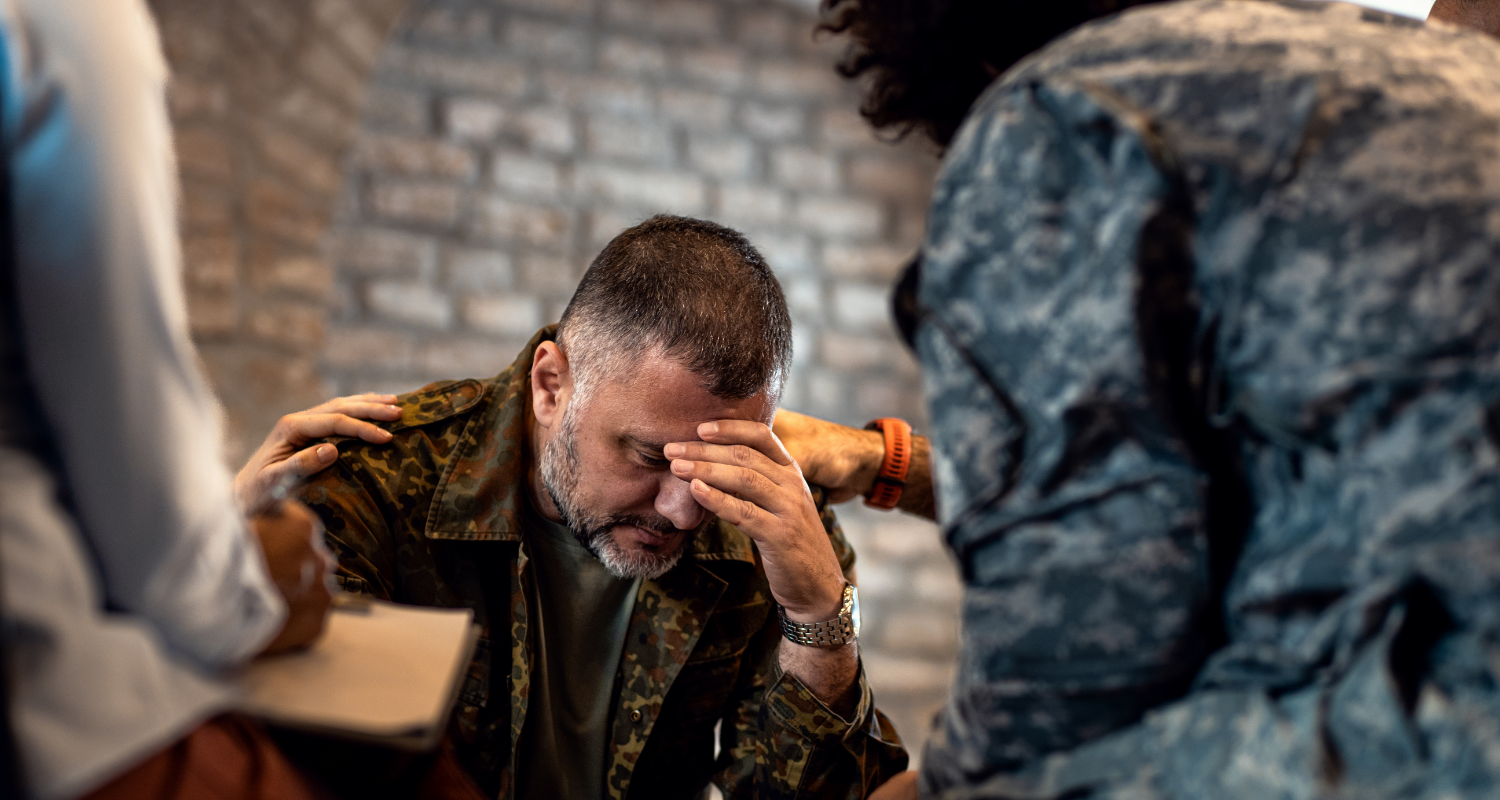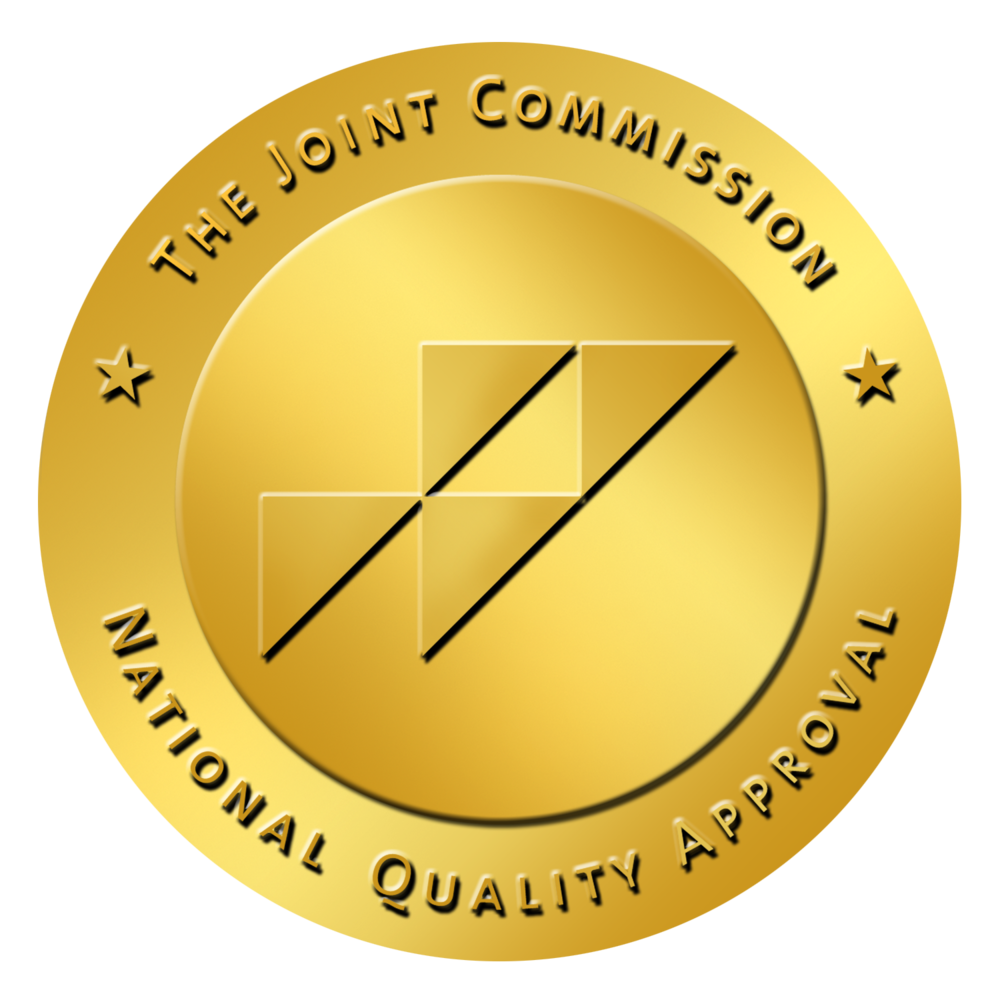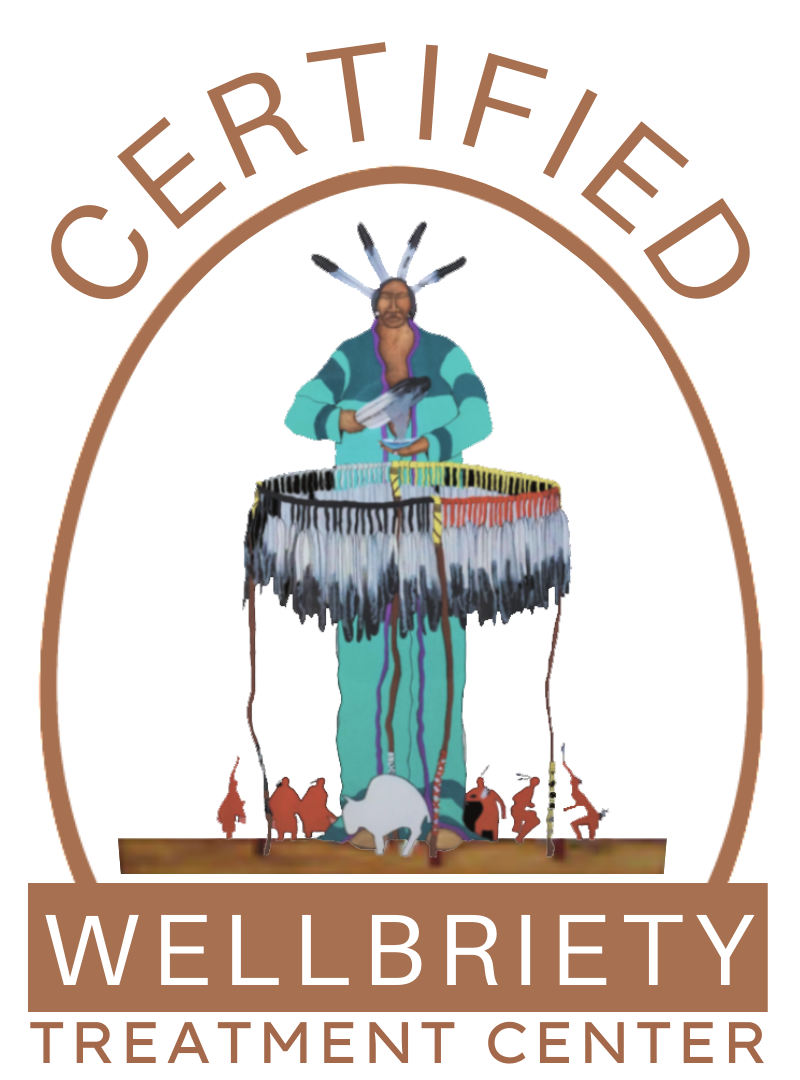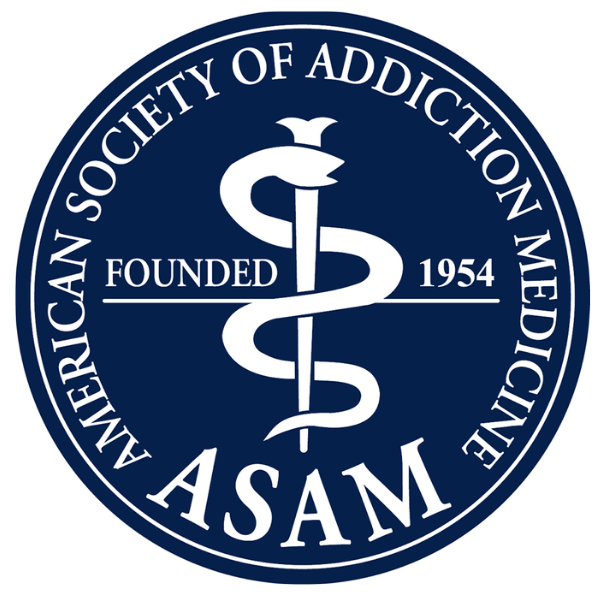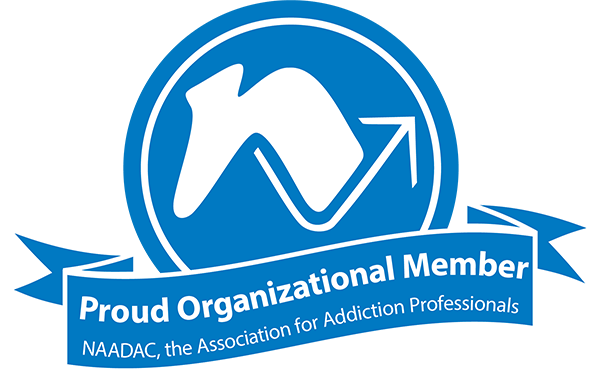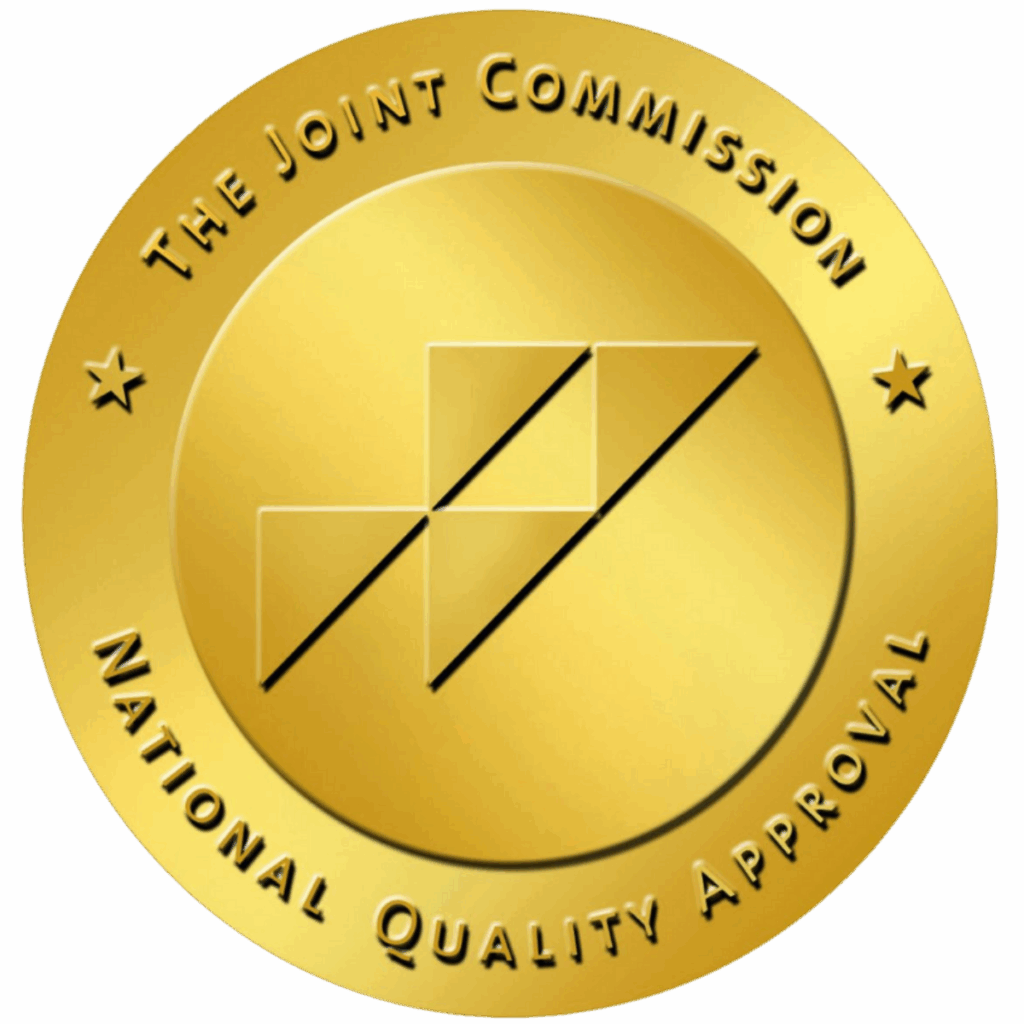Military and first responder work comes with the implicit understanding that constant readiness, tenacity, and adaptability in shifting environments are the norm. There’s little margin for error for the soldier in a combat zone, the police officer in an active incident, the firefighter battling a blaze, or the paramedic racing against the clock to save another’s life.
To protect and serve, to be “always ready” for emergencies right around the corner — these are non-negotiable demands.
They can also give rise to mental health conditions despite the physical and mental fortitude needed for the job. Statistics show that approximately 30% of first responders develop behavioral health issues like depression or post-traumatic stress disorder (PTSD).
For vets, the reality of a mental health problem is just as stark. Of the nearly 6 million who actively served in 2024, 14% of male soldiers and 24% of women were diagnosed with PTSD. Co-occurring disorders — when drug or alcohol addiction goes hand in hand with mental illness — are also common in vets, with studies showing that they’re three to four times likelier to be diagnosed with depression.
Left ignored or untreated, mental health can worsen and touch every part of one’s life. It can harm relationships, interfere with work and day-to-day functioning, and compromise well-being, even your own sense of identity or purpose.
But a mental health disorder like anxiety or PTSD doesn’t have to rule your life — and it doesn’t need to be a direct result of service to your country or the public. You have options. Help is available through the mental health treatment options that we offer through Aliya Veterans.
What Are Mental Health Disorders?
A mental health disorder is any mental health condition that negatively and adversely affects various parts of you as a person — from your mindset to your emotions, to your mood and behavior. Mental illness can start subtly but become more severe and make everyday living more difficult.
Chronic stress, trauma, or the psychological demands of a job — factors and experiences familiar to Armed Forces or public safety personnel — can become contributing factors for developing a mental illness. According to studies, nearly one-third of first responders develop behavioral health issues compared to 20% of the general population, and recently, 3.7 million veterans struggled with a mental health condition or substance use disorder.
Many signs and symptoms of mental health disorders overlap with others, so it’s important to know the distinctions and differences as you consider pursuing treatment.
Anxiety Disorders
The most common mental illness in the U.S., anxiety disorders go on to affect 40 million Americans — over 19% of the entire population — annually. In everyday circumstances, some anxiety is a natural survival response; we evolved as humans to be on high alert in times of potential danger. But it can become a health disorder when anxiety becomes a chronic focal point of one’s life, affecting everything from work, sleep, relationships, or the things you enjoy. And it’s often linked to high-stress experiences common to service roles.
Key Features of Anxiety Disorders
Anxiety disorders can manifest through a number of symptoms that can affect you not only physically, but also emotionally, and in the way you behave:
- Rapid heartbeat, sweating, trembling, shortness of breath/hyperventilation, or muscle tension
- Constant, excessive worry about potential threats, having irrational, unwarranted fears, catastrophizing worst-case scenarios, or having a persistent sense of impending dread or doom that overshadows positive moments
- Avoiding triggering situations, being “on edge,” restless or irritable, and having difficulty sleeping, focusing, or concentrating
- Palpable, unexpected surges of intense fear that can combine some of the above symptoms, including chest pain, dizziness, or disorientation, often without a clear reason or trigger
Types of Anxiety Disorders
Because anxiety as a medical condition can manifest itself in many ways, there are several types of anxiety disorders that respond well to anxiety disorder treatment:
- Generalized anxiety disorder (GAD) is the most common type of anxiety disorder, punctuated by a chronic, unrealistic, almost static worry about everyday things.
- Social anxiety disorder includes having a fear of being judged or embarrassed in public situations.
- Panic disorders involve frequent, unexpected episodes of intense fear or fright, even in normal settings that shouldn’t garner concern.
- Agoraphobia is like panic disorder in that it causes people to avoid being around new places or people that might cause one to feel trapped and start panicking.
Depressive Disorders
One myth about depression is that it’s only sadness that will pass. But a depressive disorder can cast a shadow over someone’s mood. Experiencing loss during combat or as a police officer or paramedic can make depression a common condition for veterans and first responders.
Key Features of Depressive Disorders
Depression can weave itself beyond your mood and affect you physically and emotionally. Symptoms can include:
- Ongoing feelings of emptiness, despondency, hopelessness, tearfulness, or worthlessness
- A persistently sad, morose, and anxious mood
- A loss of interest in the activities you once enjoyed
- Diminished energy levels and feeling cognitively and physically slower
- Changes in sleep patterns and appetite (eating and sleeping more or less)
- Cognitive difficulties, like trouble concentrating, making decisions, or remembering details
- In some cases, suicidal thoughts (according to statistics, in 2022, there were over 6,400 veterans who took their own lives)
Types of Depressive Disorders
Depression is an umbrella term containing several different classifiable, but treatable, disorders, including:
- People with major depressive disorder (also known as clinical depression) may find themselves in a deep, persistently low mood for at least two weeks. Your symptoms don’t wane; all-consuming, they may disrupt your ability to work, sleep, connect with others and, in severe cases, function.
- Persistent depressive disorder, previously known as dysthymia, is a less severe, but longer-lasting, form of depression. Your symptoms are milder to moderate but will have lasted for at least two years.
- Seasonal affective disorder, or SAD, triggers feelings consistent with major depressive disorder mainly during the fall and winter months.
- Atypical depression varies from major depressive disorder because one’s mood can see temporary improvements. Called mood reactivity, it’s often in response to positive stimuli.
- Premenstrual dysphoric disorder (PMDD) is also a severe form of premenstrual syndrome that can be debilitating for women of childbearing age. Hormonal changes are often cited as a reason for PMDD’s depressive symptoms that can interfere with work, relationships, and family life.
Bipolar Disorders (BD)
Extreme, unpredictable shifts in mood and energy are defining symptoms of bipolar disorder, which affects nearly 3% of the U.S. population — with 83% of those cases considered severe, according to the National Alliance on Mental Illness.
Key Features of Bipolar Disorders
Bipolar disorder is divided into two categories:
- Manic episodes are periods of extremely elevated moods where you might be more active and energetic than usual, need less sleep, be easily distracted, unusually talkative, and “always on,” but also prone to making impulsive, rash decisions.
- Depressive episodes include periods of intense, deep sadness, hopelessness, and low energy, mirroring major depression.
Types of Bipolar Disorders
Experiencing at least one manic episode before a depressive episode can qualify someone for a bipolar I diagnosis, the most common type of bipolar disorder pronounced by frequent manic episodes, often with depression. According to the Mayo Clinic, severe mania can sometimes lead to psychosis.
Contrary to myth, bipolar II is not a milder or downgraded version of bipolar disorder. One main difference is that people with bipolar II may show depressive symptoms for longer.
Trauma and Stress-Related Disorders
Exposure to combat, life-threatening situations, and daily crises are part of service in the Armed Forces or on the police force, fire department, or emergency services, but they can take a toll on the psyche and lead to development of a trauma disorder.
Key Features of Trauma-Related Disorders
Trauma disorders like PTSD share several symptoms in common:
- Reliving a past traumatic event through disturbing flashbacks, nightmares, or intrusive thinking and memories, including being triggered by things that remind you of a traumatic moment or experience, according to the National Institute of Mental Health
- Avoiding and steering clear of reminders, people, or places associated with past trauma
- Negative changes to your mindset, mood, or perspective — about yourself and the world around you — including feelings of guilt, shame, fear or anger
- Hypervigilance, or a heightened sense of being always on guard and easily frightened
Types of Trauma-Related Disorders
PTSD is the most recognizable type of trauma disorder among members of the military and public safety. According to the National Center for PTSD, many symptoms (outlined above) can last for years if left untreated.
Prolonged, chronic exposure to traumatic scenarios can lead to complex PTSD, also abbreviated C-PTSD. According to the Cleveland Clinic, war and frequent community violence are just two causes of C-PTSD, worlds lived in by Armed Forces and law enforcement personnel.
Key Features of Stress-Related Disorders
Everyone feels stressed from time to time, but when sustained traumatic pressures persist, a stress disorder can lead to concerning physical and emotional strain. You might feel overwhelmed, always nervous, on edge, anxious, or depressed.
Physically, stress can result in chronic headaches, fatigue, sleeping more or less than typical, digestive issues, and a lowered immune system.
Types of Stress Disorders
Adjustment disorder is one type of stress-related condition that involves severe difficulty coping with a major life change, such as finding it hard to reassimilate into life after a tour of duty. Adjustment disorder symptoms often tend to surface within three months of a traumatic event.
Burnout, common among first responders, is also characterized by emotional exhaustion, depersonalization and diminished personal accomplishment, according to the First Responders Foundation. They’re just a few of the symptoms that play a role in 85% of first responders who struggle with trauma.
Personality Disorders
People with personality disorders commonly experience disordered patterns in thinking, feeling, and in their relationships that create challenges in their lives.
Key Features of Personality Disorders
About 9% of the American adult population has a personality disorder, 6% of the global population, according to the Cleveland Clinic. General signs and symptoms can include:
- An unstable, often distorted sense of self and identity, leading to issues with esteem and navigating the world
- Difficulty managing emotions — called emotional dysregulation — and impulses, leading to reckless, sometimes dangerous, behavior and a disregard for social norms
- Challenges in forming or maintaining stable relationships — intense or unstable feelings, such as a fear of abandonment, often lead to frequent angry conflicts with intimate partners
Types of Personality Disorders
Personality disorders reside on a cluster scale of A through C:
- Cluster A includes disorders like paranoid personality disorder, marked by a chronic, unreasonable distrust of others and the belief that others are out to get or harm them.
- One common Cluster B condition is borderline personality disorder (BPD), characterized by patterns of mood, relationship, and self-image instability. People with antisocial personality disorder show a disregard for social norms and others’ rights and are often involved in criminal behavior.
- Cluster C sees personality disorders like obsessive-compulsive personality disorder (OCPD), with an obsessive need for perfection and control, which can place a strain on relationships and other areas of one’s life.
Treatment for Mental Health Disorders
What we treat at a mental health treatment facility is as diverse as your experiences. Aliya Health Group started Aliya Veterans to care for your needs — and to honor your story — just as you’ve honored your country or community through selfless service.
At an Aliya mental health facility, we create a comprehensive health disorder treatment plan from your medical history. We pride ourselves on offering therapies proven to be effective for trauma and other conditions — such as Cognitive Behavioral Therapy CBT — and medication management (without side effects) as part of a full continuum of care, from immersive inpatient programs to flexible outpatient mental health treatment and support groups to further your recovery.
What can your recovery journey with a compassionate mental health professional on our team look like? It can start now by contacting us today. The Aliya admissions team is on call 24/7/365 to answer your questions and start your momentum. Contact us today for more information.
- SAMHSA Disaster Technical Assistance Center Supplemental Research Bulletin First Responders: Behavioral Health Concerns, Emergency Response, and Trauma
- PTSD: National Center for PTSD – PTSD.VA.gov
- Substance use disorders in military veterans: prevalence and treatment challenges – PMC
- Mental Disorders: Types, Causes & Symptoms
- Facts & Statistics | Anxiety and Depression Association of America, ADAA
- Anxiety Disorders: Causes, Symptoms, Treatment & Types
- Anxiety disorders – Symptoms and causes – Mayo Clinic
- Symptoms | Anxiety and Depression Association of America, ADAA
- VA releases 2024 National Veteran Suicide Prevention Annual Report – VA News
- Depression (major depressive disorder) – Mayo Clinic
- SAMHSA Disaster Technical Assistance Center Supplemental Research Bulletin First Responders: Behavioral Health Concerns, Emergency Response, and Trauma
- Bipolar Disorder – NAMI
- Post-traumatic stress disorder (PTSD) – Mayo Clinic
- How Does PTSD Develop and How Long Does it Last?
- CPTSD (Complex PTSD): What It Is, Symptoms & Treatment
- Adjustment Disorder and Traumatic Brain Injury | Veterans Affairs
- Addressing Burnout in First Responders: Strategies for Wellness and Resilience
- First Responder Exhaustion Syndrome
- Personality Disorders: Types, Causes, Symptoms & Treatment
- Personality disorders – Mayo Clinic
- Premenstrual Dysphoric Disorder (PMDD) – Hopkins Medicine
- Post-Traumatic Stress Disorder – National Institute of Mental Health (NIMH)
